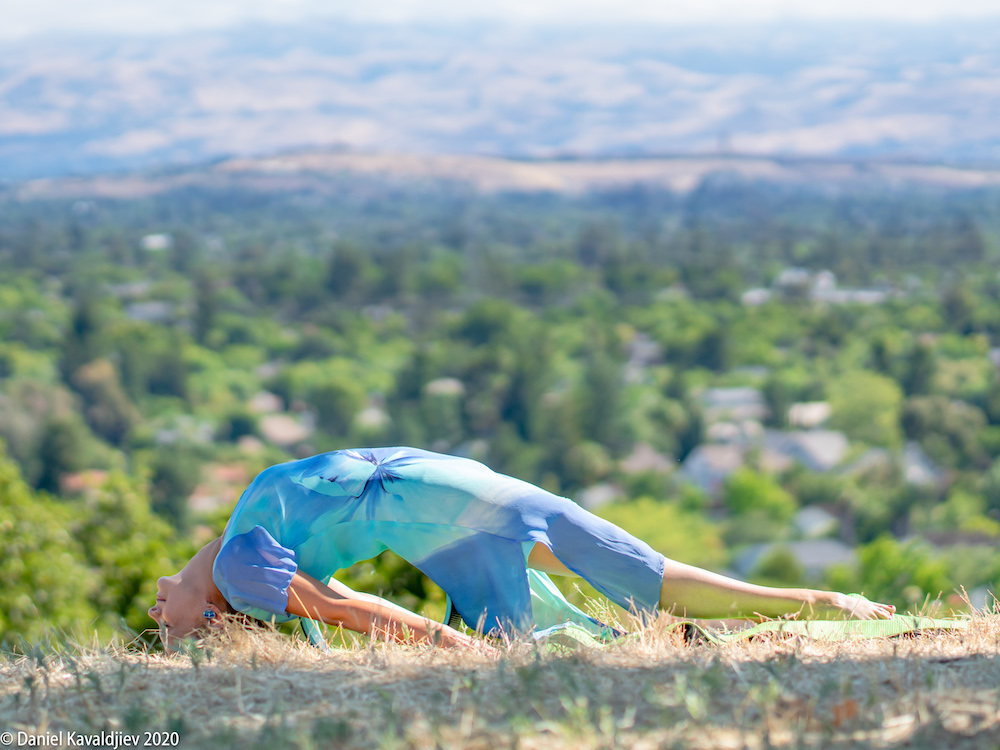More than 97 percent of climate scientists agree that the world is warming because of humans. 97 percent! Yet, if you watch the news, you would think it’s more like 50/50. If the news were honest, they would give proportionate time according to the real divide; 97 percent given to scientists and 3 percent to naysayers. But it’s not quite as interesting that way, and they are paid according to views, which increase with more divisiveness. Because of this unreasonable coverage, climate change has become a political debate, another way to divide the country left versus right – but, this issue should have never become political. Do we argue about scientific principles like gravity or the tides? No. But until the tides shift, we must ignore 24/7 news media and demand political action from our government leaders – especially the government of rich nations, the ones responsible for most of the emissions, who needed to act yesterday.
Instead, our countries have continuously cut funding to science and environmental programs, subsidized the oil industry, and made it harder for companies to create, design, and implement greenhouse gas–reducing devices. Earth doesn’t have a bank account to provide money to the engineers, scientists, and policymakers trying to protect it. Scientists aren’t selling you a product where they make money: they rely on funding from taxes. There’s no commodity for sequestering carbon.
When I was working at The Marine Mammal Center, we were sometimes asked, “Why bother nursing these seals and sea lions back to health to release back into the ocean? Why not let nature take its course?” My response was always, “Because we caused this.” We are the reason they are sick, suffering, and on the brink of death. Humans caused coastal destruction, noise pollution, overfishing, and dumping chemicals and plastics into the ocean as if it’s a trash can. To try to give them a chance at life is the right thing to do: an act of penitence and hope. It’s not too late for them, and it’s not too late for us.

So, what can we possibly do to fix this huge problem? Yes, it’s overwhelming, but it doesn’t mean that we can’t do our best because, as yogis, we follow the yamas: we practice ahimsa, or compassion, not just for humans but for our planet too. Here are some ways we can practice the first limb of yoga in an effort to save our beautiful home:
How to apply the Yamas to protecting our Earth
Ahimsa (compassion, non-harming):
- Walk in nature: connect with your surroundings.
- Reduce your consumption of meat.
- Hug a tree. Save a Seal. Love all beings.
Satya (truthfulness):
- If you know something you are doing is damaging the planet, do your best to stop that behavior – just one thing at a time until it’s habit, then replace with a new, eco-conscious action.
- Reduce your daily plastic use and dependence on fossil fuels.
- Take action and speak up: *Email one of your representatives right now – any of them. Tell them that the environmental, climate, and ecological issues of our mountains and oceans matter. Fund NASA, NOAA, EPA, fusion energy, etc. Be courteous and concise. We aren’t going to be compliant about this anymore. It’s time to act. Here are some helpful links:
Asteya (non-stealing):
- Drilling, overfishing, deforestation, and pesticide usage are all forms of stealing from the planet because these practices destroy ecosystems, affecting the animals that live in them.
- Decrease your dependence on products that rely on these practices and the industry will respond.
- Donate to Project Vesta to fund atmospheric carbon removal pilot projects.
Brahmacharya (moderation, use of energy):
- Less is more: don’t buy into consumerism.
- Transfer energy usage to renewable sources, such as wind and solar, and support fusion power funding.
- Live a compassionate, loving, and understanding life.
Aparigraha (non-attachment)
- Realize you are not your items. We are here for just a moment (remember, the earth thinks we’ve only been here for three days).
- Enjoy your brief time here, and love as much as possible.















One reply on “Understanding Climate Change: A Yogi’s Ethical Guide to Protecting the Planet”
Very informative, thank you.